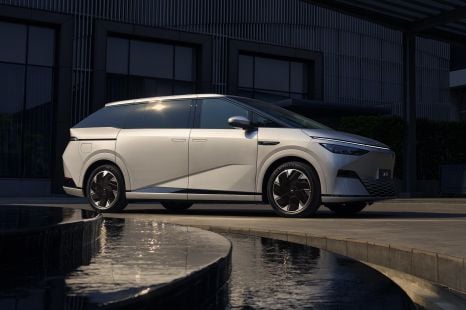

William Stopford
Will 2026 be the year of the people mover in Australia? China seems to think so
3 Hours Ago

Contributor
You’ve heard of regenerative braking, but what about regenerative suspension?
A patent uncovered by CarBuzzreveals BMW is looking into using energy from the movement of an electric car’s suspension system to charge its battery pack.
The system appears to use similar hardware to the 48V active anti-roll systems becoming common on heavy, high-performance SUVs.
Based on the patent drawings and CarBuzz reporting, it appears the system features a generator unit (with a small flywheel) mounted on the vehicle’s chassis.
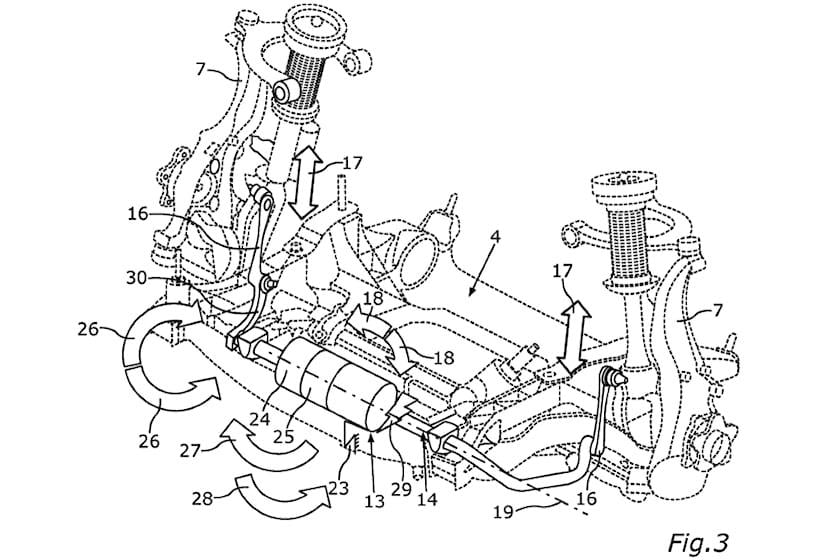
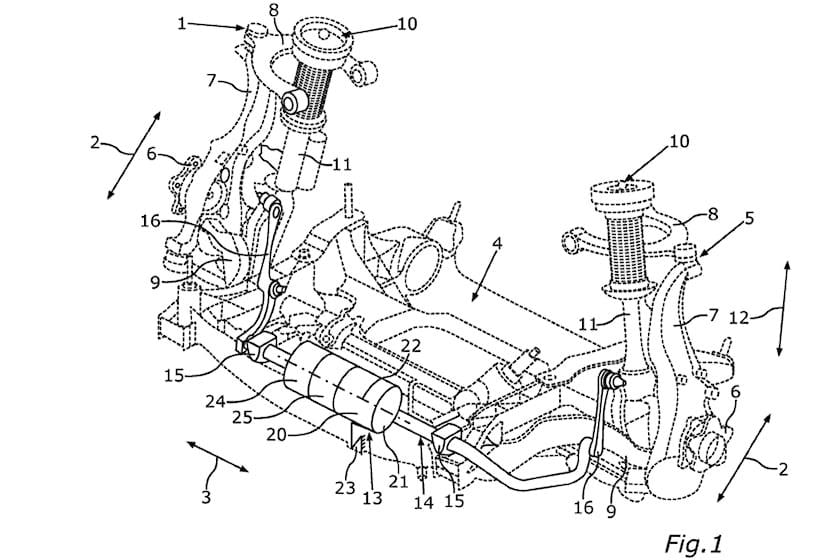
It’s connected to the suspension springs themselves with what looks like a stabiliser bar.
When the suspension’s spring compresses the stabiliser bar twists in one direction, rotating an ‘actuator disc’.
When the spring decompresses, releasing the energy stored on the compression stroke, the stabiliser arm rotates in the other direction, turning the actuator disc in the opposite direction. This time, however, a clutch allows the disc to drive the generator through a small gearbox.
When the generator’s flywheel spins, it generates electricity which can then be fed into the battery.
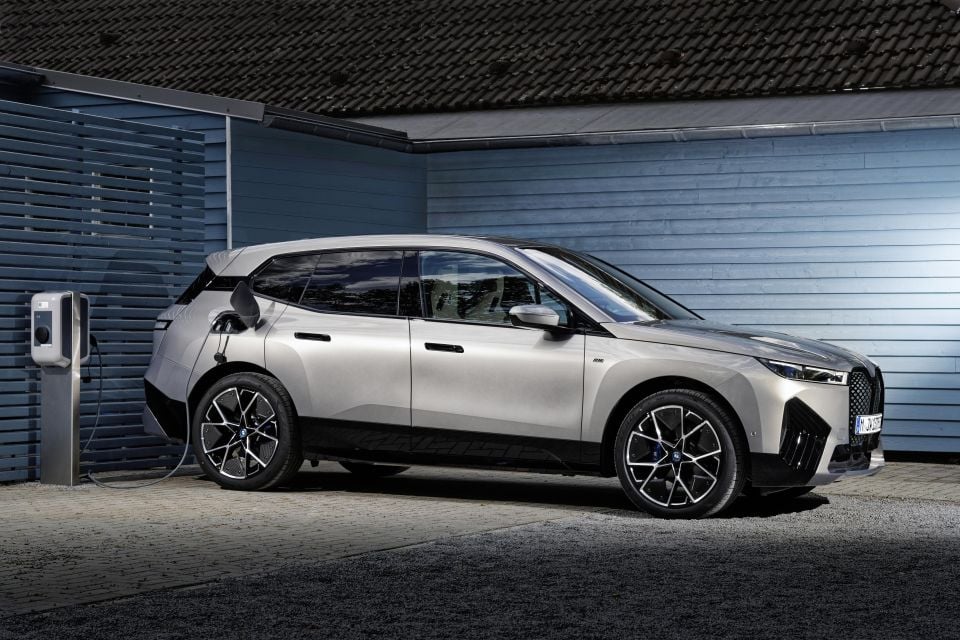
It’s a variation on the concept behind regenerative braking in electric vehicles, where the drive motors act as generators to harvest energy usually wasted when the driver steps on the brakes.
It’s not clear how much extra range BMW expects the system could add to its electric vehicles, nor when it might reach production.
If the system does ever reach production, it’s likely to debut on a high-end model with a suitably sky-high price tag. It’s also possible it’ll feature on the brand’s upcoming Neue Klasse platform.
Where expert car reviews meet expert car buying – CarExpert gives you trusted advice, personalised service and real savings on your next new car.
Scott Collie is an automotive journalist based in Melbourne, Australia. Scott studied journalism at RMIT University and, after a lifelong obsession with everything automotive, started covering the car industry shortly afterwards. He has a passion for travel, and is an avid Melbourne Demons supporter.


William Stopford
3 Hours Ago


Max Davies
4 Hours Ago
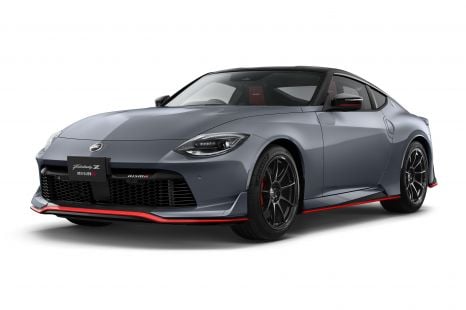

Derek Fung
5 Hours Ago
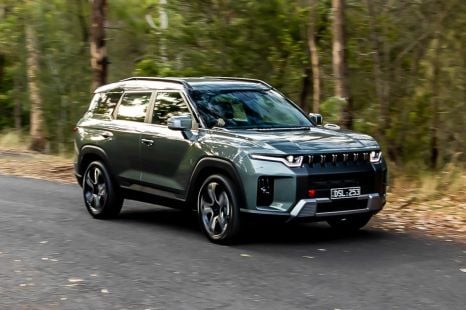

Matt Campbell
11 Hours Ago


Ben Zachariah
1 Day Ago


Damion Smy
1 Day Ago